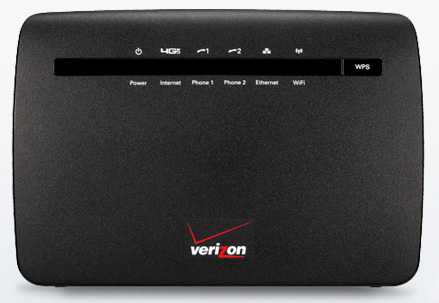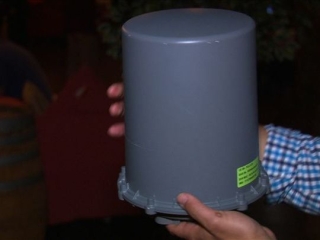It may be
fast,
but there are some drawbacks to
4G wireless Internet access,
namely data limits and significant prices.
Here’s
Verizon’s table for their
HomeFusion Broadband.

| Monthly Data Allowance | Monthly Access |
| 10GB |
$60 |
| 20GB |
$90 |
| 30GB |
$120 |
I would bet the other companies’ caps and prices are pretty much the same.
For web browsing, you’ll probably never run over that lowest 10GB/month limit.
So if you want to tweet or facebook or tumblr or email with your friends,
4G probably will work fine for you.
If you do a lot of Skype or listening to music over the net,
you might run over.
If you watch a lot of videos, or you want to do video conferencing,
you can definitely run over.
Here’s Verizon’s
table of estimates, and they have a calculator along with that:
Email (Text Only) = 10 KB
 Typical Web Page Lookup* = 1MB
Typical Web Page Lookup* = 1MB
Audio Streaming = 51 MB/hr
Video Streaming (Standard Def) = 500MB/hr
Video Streaming (HIgh Def) = 1.6GB/hr
Digital Photo Download/Upload (Hi-Res) = 5 MB
4G VoIP = 67MB/hr
4G VoIP with Video = 254MB/hr
1 MB = 1,024KB
1 GB = 1,024MB
Videos of a single VLCIA meeting can run 2 gigabytes,
and there are lots of other meetings going on around here.
Not every local elected or appointed board has 5 minute meetings
like the Lowndes County Commission.
Many run for an hour or more.
Even though I’m a pretty intensive Internet user, I’m considering getting
4G home service.
Someday AT&T may get around to running fiber for their uverse service
out here in my sparsely populated area of the county,
and then we might be able to get
3-24Mbps down (and unknown speeds up)
for $38 to $63/month.
Some year.
Or never, if wireless speeds continue to leapfrog even fiber speeds.
OK, real fiber speeds such as in Finland, Japan, France, Korea, or dozens
of other countries are 100Mbps or up, but U.S. telcos and cablecos
are not going to offer speeds like that
until they’ve milked every penny they can get out of slower speeds first.
Not to mention what the U.S. carriers are really selling with fiber is TV,
which is a dying broadcast medium, fast being left in the dust by the
participatory social Internet.
Who do you know under 30 who gets their news from TV anymore?
Anyway, I don’t know whether 4G Internet service would work for you,
but at least it’s another option.
-jsq
A comparison by Wireless Intelligence, a unit of the GSM Association, suggests that being in the biggest LTE market has not brought low prices to U.S. consumers.



